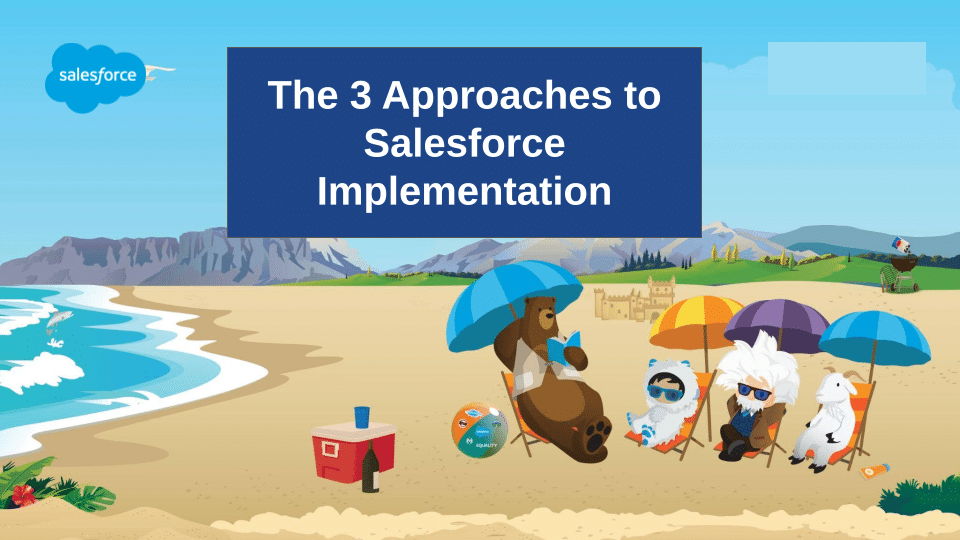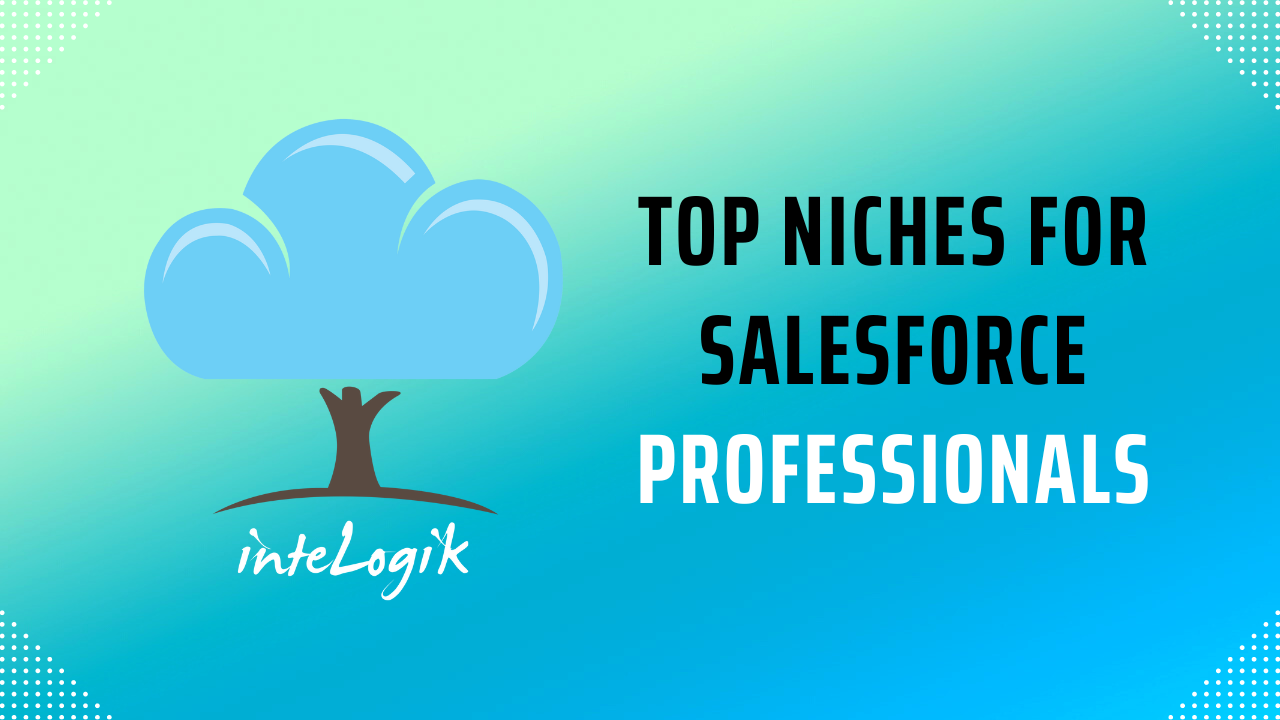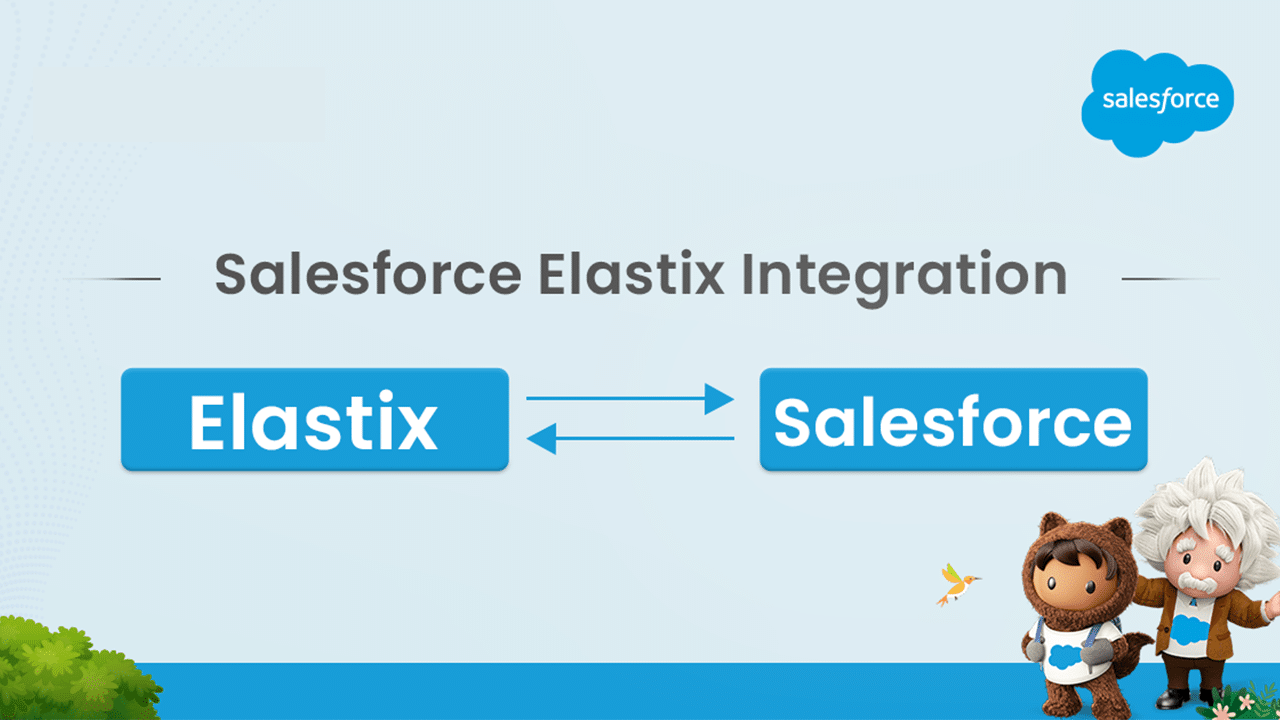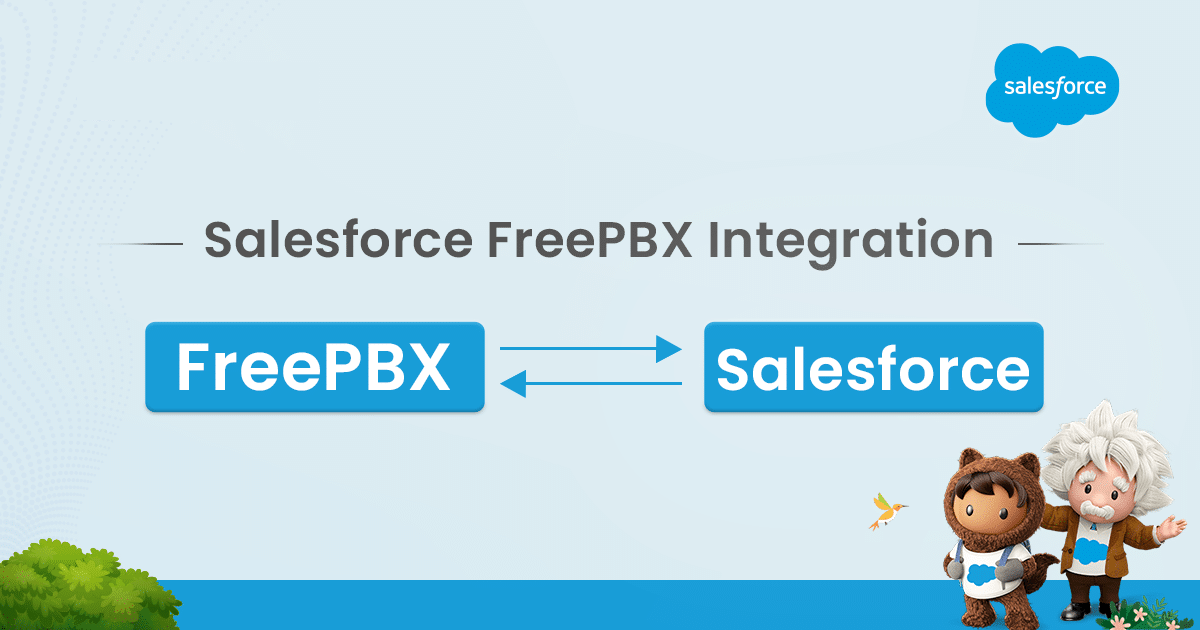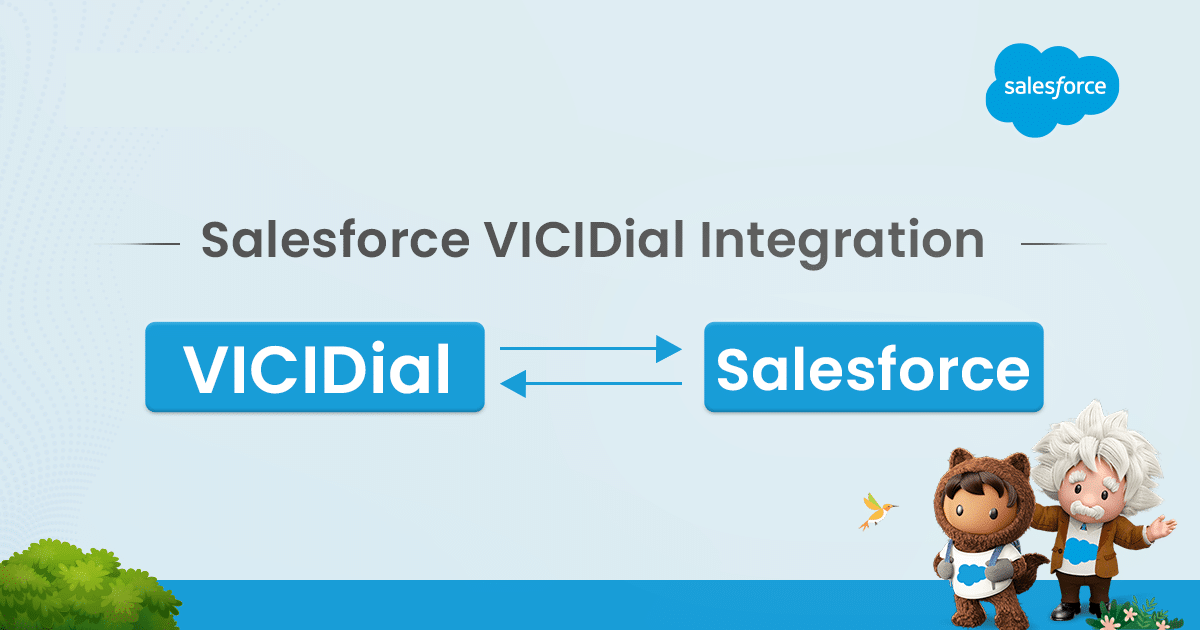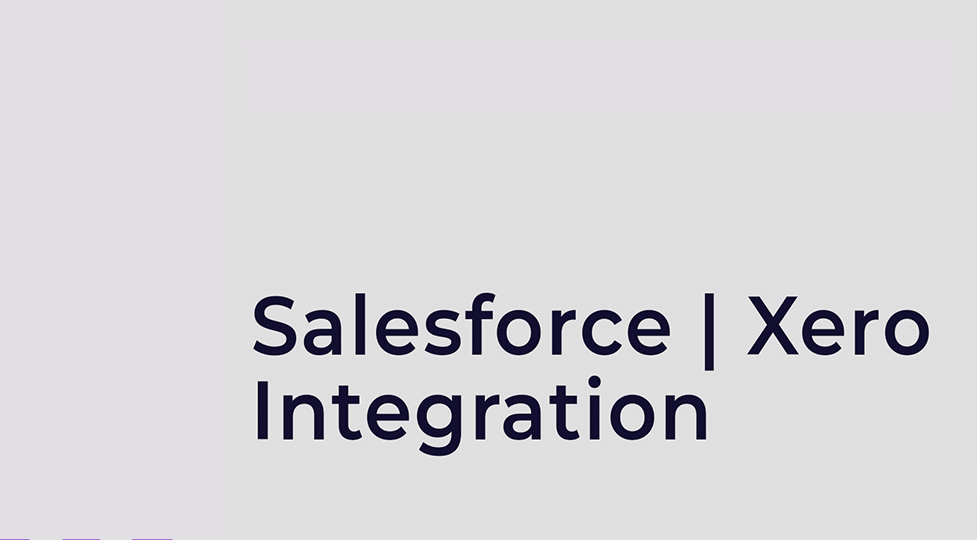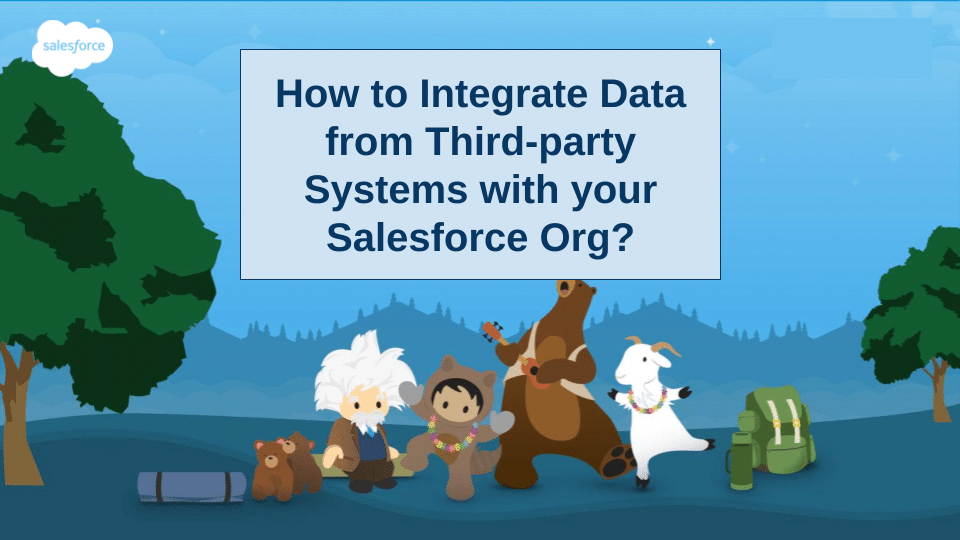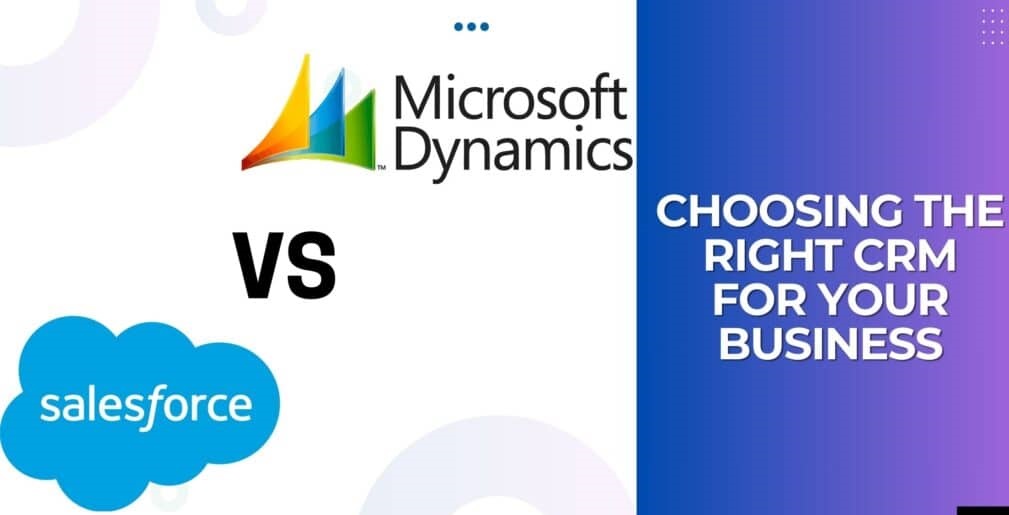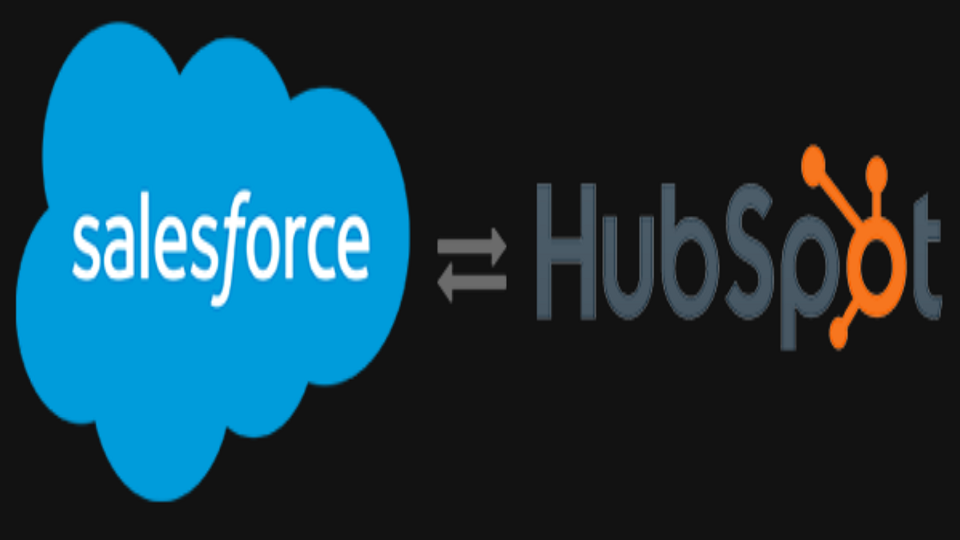Salesforce implementation can be approached through three main strategies:
1. Out-of-the-Box (Configuration-Only): This quick and cost-effective approach relies on Salesforce’s standard features, suitable for organizations with straightforward processes but lacks extensive customization.
2. Customization (Configuration + Custom Development): Combining standard Salesforce features with custom development using Apex and visual components, this approach offers flexibility to meet unique business needs, automate complex processes, and integrate with other systems. However, it requires skilled development resources and entails a higher initial cost.
3. Enterprise-wide Transformation (Strategic Implementation): This comprehensive approach involves strategically reviewing the entire business, aligning Salesforce implementation with overall strategy, and transforming the organization. While ensuring a holistic and integrated solution, it demands significant time, resources, and investment, and necessitates effective organizational change management.
Choosing the appropriate approach depends on the organization’s requirements, budget, and long-term goals, with many organizations adopting hybrid approaches that blend elements of these strategies in different areas to achieve a balanced solution.

